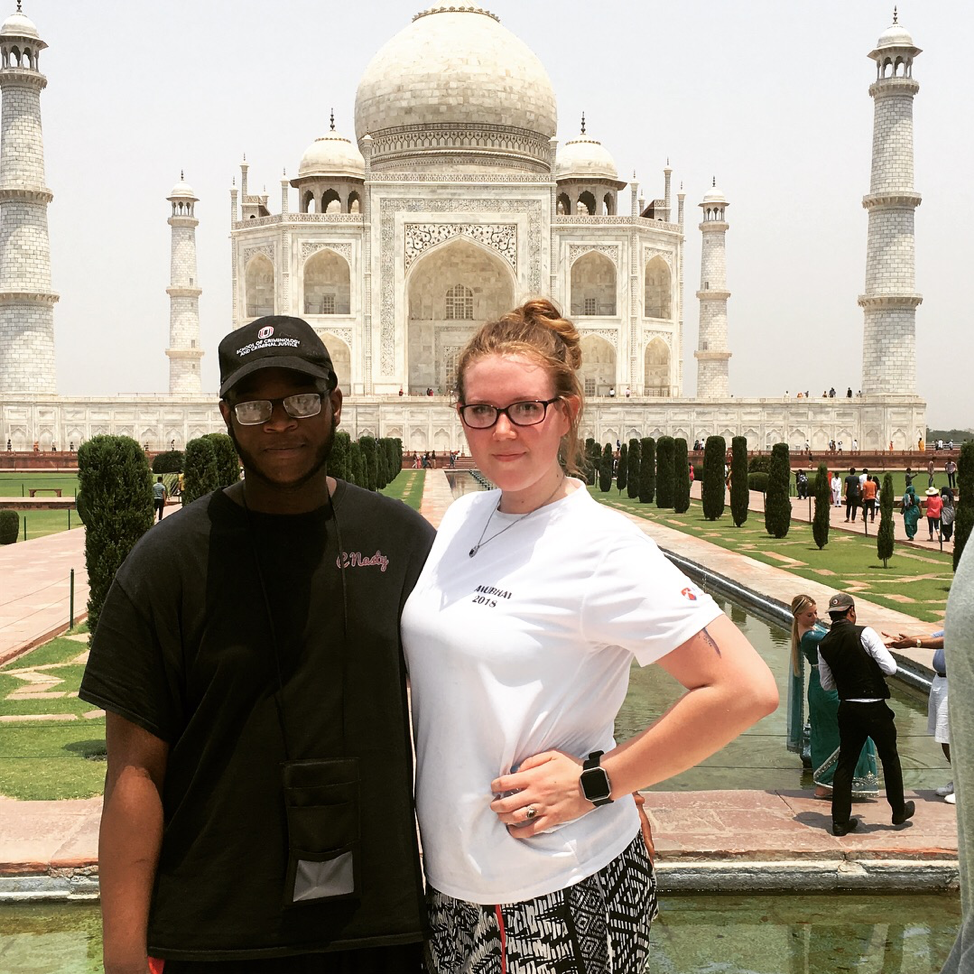Taj Mahal Movie 2015
10:45 PM PDT 9/4/2015 by Jordan Mintzer. The Taj Mahal Palace & Tower, located in downtown Mumbai directly across from the Gateway of India, was one of.
Imagine “Die Hard” as told from the point of view of one of the terrified office workers huddled under her desk while angry Germans hold Nakatomi Plaza hostage. That fundamental shift of perspective, which redirects the audience’s focus from a gung-ho action hero trying to save the day to a relatively unexceptional victim on the sidelines, drives “(Spy)ies” helmer Nicolas Saada’s sophomore feature, “Taj Mahal,” a genre-upending non-thriller inspired by the 2008 Mumbai attacks in which we spend the entire movie trapped in a hotel room with a panic-stricken teenager. Neither as psychological nor as cinematic as its ambitious concept suggests, the film could nevertheless stir up some reasonable arthouse interest following its Venice and Telluride festival launches.


Taj Mahal Movie Songs
Whether or not the exercise succeeds essentially boils down to how interesting audiences find 18-year-old Louise, a privileged Franco-English photography student played by “Nymphomaniac” star Stacy Martin. The actress, who is both strikingly beautiful and convincingly brittle in the role, shrewdly follows her scandalous bigscreen debut with an entirely different sort of challenge — one that depends not upon exposing her body, but revealing what’s going on behind her big doe eyes. Except that Martin looks so blank at times that we don’t know whether she’s afraid for her life or simply craving a Big Mac.
Reluctantly dragged along for a trip to Mumbai by her French businessman father (Louis-Do de Lencquesaing) and bilingual mother (Gina McKee), Louise is practically blase at first. As is the director, whose unhurriedly errant script prefers not to anticipate the imminent terrorist attack, making no concessions to suspense as Louise and her parents leisurely fly to India, take in the sights and settle into the inexplicably sumptuous suite in the pic’s eponymous hotel, the Taj Mahal.
As Saada serves up handheld glimpses of the city, following the family’s peregrinations through its busy streets and crowded bazaars, one can feel the ragged neorealist influence of recent Middle East-set pics. (To cite one example, the helmer’s style comes across as a less caffeinated version of the jagged immersion Michael Winterbottom provided in “A Mighty Heart.”) But it lacks urgency, both in the setup and even later, when the Lashkar-e-Taiba terrorists are at Louise’s door.
One night, while her parents cab it across town, Louise opts to stay in and watch “Hiroshima mon amour” on her laptop — a sign that the young lady may in fact have more going on upstairs than Martin’s performance lets on, though the detail seems almost laughable in context. The disc skips, and Louise sulks. A moment later, a series of loud noises (explosions?) erupt offscreen. In time, we learn (but see only in archival news footage of the actual incident) how a squad of Islamic militants systematically went from room to room, executing the infidels they found on each level.
While shortchanging the visuals, Saada worked closely with his sound team to create the impression that an unpredictable attack was unfolding behind the inadequately reinforced doors of Louise’s hotel room. The camera watches her increasingly frazzled reaction as muffled explosions, gunfire and screams reach her ears. Louise is slow to react, which is understandable enough, although her adolescent lethargy falls short of the spontaneous, adrenaline-rush response audiences have been conditioned to expect from other disaster movies.
Taj Mahal Movie 2015 Trailer
Compared with “Argo’s” white-knuckle opening or the relatively intense siege depicted in “Hotel Rwanda,” “Taj Mahal” feels practically inert. It’s clear that Saada hasn’t solved the dramatic needs of his own scenario, and he’s partly limited by the facts, considering that he decided to model his script on the experience of an actual survivor. Even so, the film grows almost tedious as Louise alternates between cowering in the bathroom and hiding under the bed, relying on her newly purchased cell phone to maintain almost constant contact with her father, who doesn’t seem nearly worried enough by the situation. Later, the appearance of other characters — most notably a honeymooning Italian woman (Alba Rohrwacher) whose husband fell to the pavement trying to seek help — suggests that nearly any of the hotel’s other guests might have been more fascinating to follow.
Naturally, the film’s claustrophobic, practically real-time approach encourages audiences to consider how they might react under similar circumstances. A neon sign glimpsed on Mumbai’s streets, which quotes the opening line of Rudyard Kipling’s poem “If,” effectively sums up the pic’s philosophy: “If you can keep your head when all about you are losing theirs.” Fine, but who wants to watch a terrorist attack re-creation whose pulse never races? By locking us in with Louise, Saada takes a potentially explosive situation and delivers a dud.